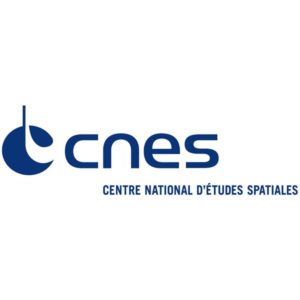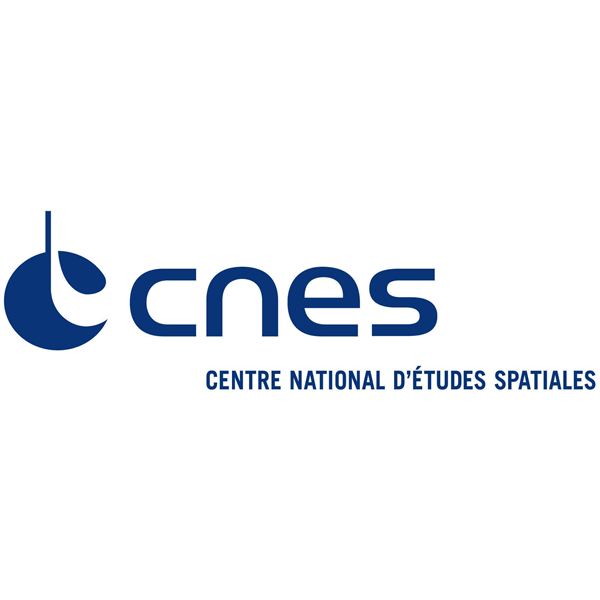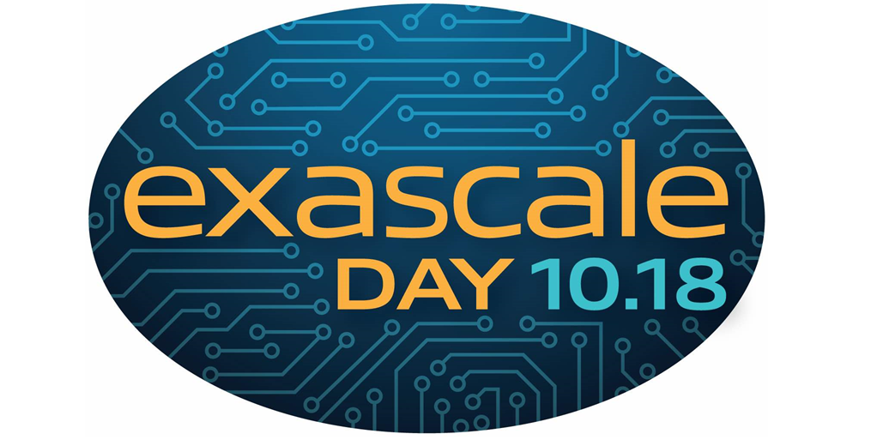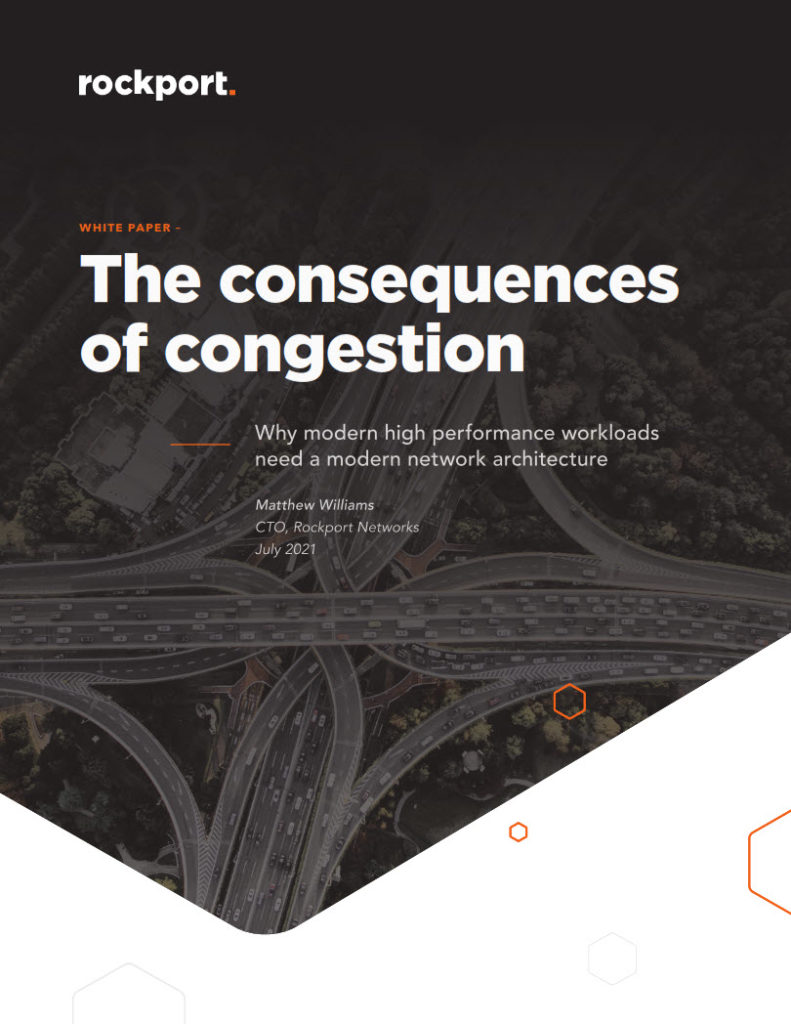 A newly upgraded data center at the French Space Agency CNES took 15th place in the world ranking in the IO500 list unveiled this month. IO500 is an international benchmark standard managed by the Virtual Institute for I/O that measures bandwidth and input/output operations per second (IOPS) using typical workloads observed on real systems.
A newly upgraded data center at the French Space Agency CNES took 15th place in the world ranking in the IO500 list unveiled this month. IO500 is an international benchmark standard managed by the Virtual Institute for I/O that measures bandwidth and input/output operations per second (IOPS) using typical workloads observed on real systems.
We are delighted with this success achieved by our teams,” said Frédéric Pradeilles, CNES’s Director of Digital Technologies and Operations. “Besides the ranking, we are glad to be able to offer a better service to our partners and users. In particular, we are boosting our ability to develop artificial intelligence techniques and build them into space systems and mine the data they acquire.”
This year, 100 Lenovo SD530 nodes with 4,000 cores have been added to the Data Processing Centre, taking the total to 12,288 cores. The 8,288 existing cores are spread across 276 Lenovo NX360 M5 servers and 104 Dell C6220 servers. Special attention has been paid to GPU capacity, with 20 NVIDIA Tesla V100 GPU cards and eight NVIDIA Tesla T4 GPU cards added to the four existing accelerators, used primarily to support the agency’s growing artificial intelligence (AI) needs. Storage volume has been increased by 2.3 PB and above all the storage architecture has been optimized with metadata stored on NVMe hardware, a 300-TB SSD disk positioned as a burst buffer and dedicated I/O servers. There is now 100 GB/s of theoretical bandwidth and several hundred thousand files can be created in one second. Total available volume is now 8.2 PB.
CNES’s Data Processing Centre moved to its current location in the Galois building at the Toulouse Space Centre in 1994, since when it has undergone significant upgrades. Its computing resources were previously used chiefly to model complex physical phenomena, for example in the design of engines and other elements of launchers. Nowadays, while modeling is still an important part of what it does, the platform is used mainly for satellite mission simulations, to process data from sensors and to exploit them for scientific purposes.
Sign up for our insideHPC Newsletter





Hi,
The wording of the title is not exact. The performances of our center does not relies only on Lenovo performances (they are just used as computing nodes). The real power comes from the architecture, the DDN appliances, Infiniband Technology, Spectrum Scale file system, etc. But above all, this is due to the know how of CNES/AXIANS in order to orchestrate/architect all this properly.
Regards